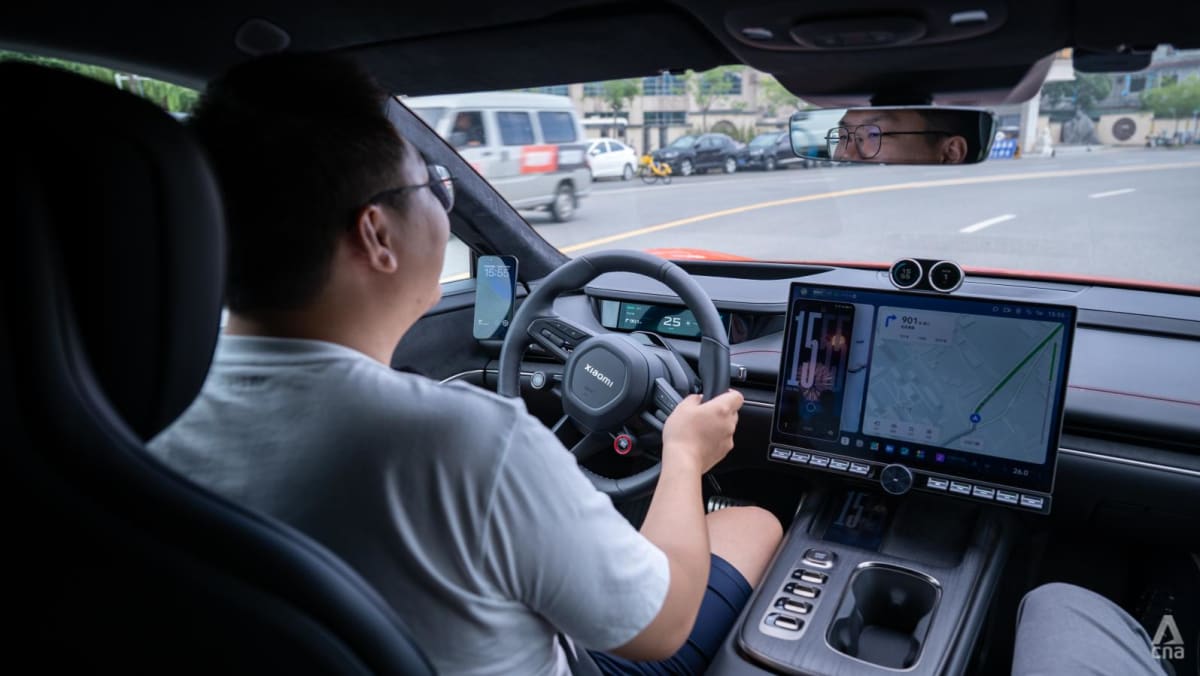China's Smart Driving Ambitions: Navigating Safety Concerns with New Regulations
2025-07-22

CNA
China is poised to tighten regulations on smart driving technology, sparking debate about the delicate balance between fostering innovation and ensuring public safety. Recent incidents and growing public concern have prompted Beijing to reassess its approach, but officials remain steadfast in their ambition to lead the global smart driving revolution. This article explores the new regulatory landscape, the challenges it presents, and the future of autonomous vehicles in China.
The Push for Regulation: Responding to Safety Concerns
The rapid development and deployment of smart driving technology in China have been nothing short of remarkable. However, a series of high-profile incidents involving autonomous vehicles have raised serious questions about safety and accountability. These incidents, ranging from near-misses to collisions, have fueled public anxiety and prompted calls for stricter oversight. The Chinese government, recognizing the need to address these concerns, is now moving forward with new regulations designed to mitigate risks and protect road users.
The proposed regulations are expected to cover a wide range of areas, including testing protocols, data security, driver monitoring systems, and liability frameworks. Sources indicate a focus on establishing clear lines of responsibility in the event of accidents, with manufacturers, technology providers, and vehicle owners potentially facing penalties. The goal is to create a robust regulatory environment that encourages responsible innovation while safeguarding public well-being.
Balancing Innovation and Safety: A Delicate Act
China's ambition to become a global leader in smart driving technology is undeniable. The country boasts a massive domestic market, supportive government policies, and a thriving ecosystem of technology companies. However, overly restrictive regulations could stifle innovation and hinder the development of this transformative technology. The challenge for policymakers is to strike a balance between ensuring safety and fostering a dynamic innovation ecosystem.
Experts believe that Beijing is acutely aware of this challenge. While the new regulations are intended to address safety concerns, they are also expected to be flexible enough to accommodate ongoing technological advancements. The government is likely to adopt a phased approach, gradually tightening regulations as the technology matures and the risks become better understood. Collaboration between government agencies, industry stakeholders, and research institutions will be crucial to ensure that regulations are both effective and conducive to innovation.
Beijing's Determination: Maintaining a Leadership Position
Despite the need for stricter regulations, Beijing remains committed to its goal of becoming a smart driving technology leader. Recent setbacks are viewed as temporary hurdles rather than fundamental roadblocks. Experts emphasize that China’s unique advantages – its vast data resources, its willingness to embrace new technologies, and its supportive government policies – will continue to drive progress in the field.
“The government will not let these incidents derail its long-term vision,” said one industry analyst. “They will use this as an opportunity to refine the regulatory framework and ensure that the technology is deployed responsibly. China is still well-positioned to lead the world in smart driving.”
The Road Ahead: Challenges and Opportunities
The implementation of these new regulations will undoubtedly present challenges. Ensuring compliance, enforcing standards, and keeping pace with rapidly evolving technology will require significant resources and expertise. However, the move also presents opportunities. A well-designed regulatory framework can enhance public trust, attract investment, and accelerate the adoption of smart driving technology.
Ultimately, the success of China’s smart driving ambitions will depend on its ability to navigate this delicate balance between safety and innovation. By fostering a responsible and collaborative ecosystem, China can pave the way for a future where autonomous vehicles enhance mobility, improve safety, and transform the way we live and work.





